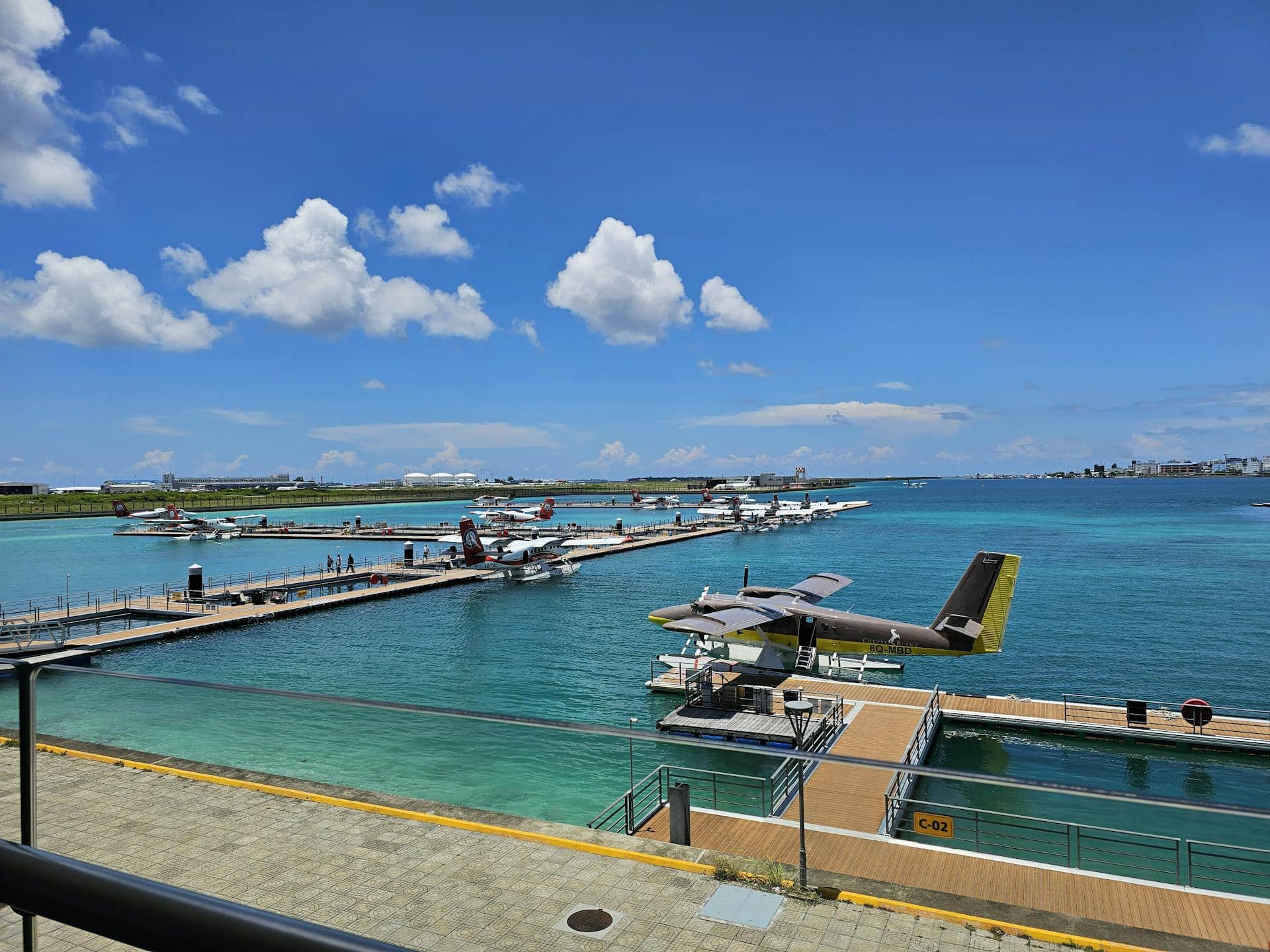Installing a dock is one of the best ways to enhance your lakefront lifestyle. But where you place your dock matters just as much as what it’s made of. From ease of access to long-term durability, the right location can make all the difference in safety, enjoyment, and accessibility. Here’s how to pick the perfect dock placement on a Texas lake.
-
Understand Local Regulations
Before anything else, check with your local lake authority or homeowners’ association. Many lakes in Texas have specific rules about:
- Dock size and type
- Setback distances from property lines
- Environmental impact zones
- Permitting and construction approvals
Pro tip: Some lakes also have flood zone restrictions or designated swimming areas. Avoid fines and frustration by doing your homework early.
-
Study the Shoreline
The shape and slope of your shoreline can help—or hurt—your dock plans. Look for areas that:
- Have a gentle slope into the water
- Stay stable in changing weather
- Are protected from erosion or runoff
Avoid steep drop-offs, marshy zones, or places with dense vegetation unless you’re prepared to clear and reinforce them safely.
-
Consider Sun and Shade
A dock bathed in sunlight can be great for lounging, but too much exposure may create hot surfaces or faded materials. Look for areas with partial natural shade or plan to add a shaded structure.
Bonus: Sunlight also affects algae growth. A spot with good light and water flow can help reduce build-up around the dock.
-
Check the Water Depth Year-Round
Texas lakes can fluctuate in depth, especially during droughts or dry summers. You’ll want your dock placed in a location that:
- Maintains at least 3–4 feet of water under the dock
- Stays usable during low-water conditions
- Is far enough from shore to avoid beaching boats
Floating docks offer more flexibility if depth varies widely, but placement still matters.
-
Watch the Wind and Waves
Open areas with high winds or frequent boat wakes can cause damage over time. Choose a dock site that offers:
- Natural protection from hills, trees, or bends in the lake
- Less exposure to wave action
- Easy access even during stormy conditions
This makes your dock safer for everyone, especially young kids or guests with mobility challenges.
-
Think About Traffic Flow
The ideal dock location fits naturally into how you use your lakefront. Ask yourself:
- Is this spot easy to get to from the house?
- Will it interfere with swimming or paddleboarding areas?
- Can guests reach it safely and clearly?
If you have older relatives, small children, or guests with wheelchairs, choose a location with minimal obstacles between your home and the dock.
-
Plan for the Future
Your dock should grow with your needs. Maybe today it’s just for fishing, but in a few years, you may add a boat lift or kayak launch. Look for a spot that allows for:
- Expansion
- Easy utility access (electricity, lighting)
- Accessible upgrades like ramps or handrails
Choosing the right dock placement takes time and planning, but the reward is a safe, beautiful, and functional waterfront for years to come.
Need help designing or placing your dock? EZ Dock Texas has the experience and solutions to make it easy. Visit our contact page or follow us on Facebook to get started on your perfect lake setup.







